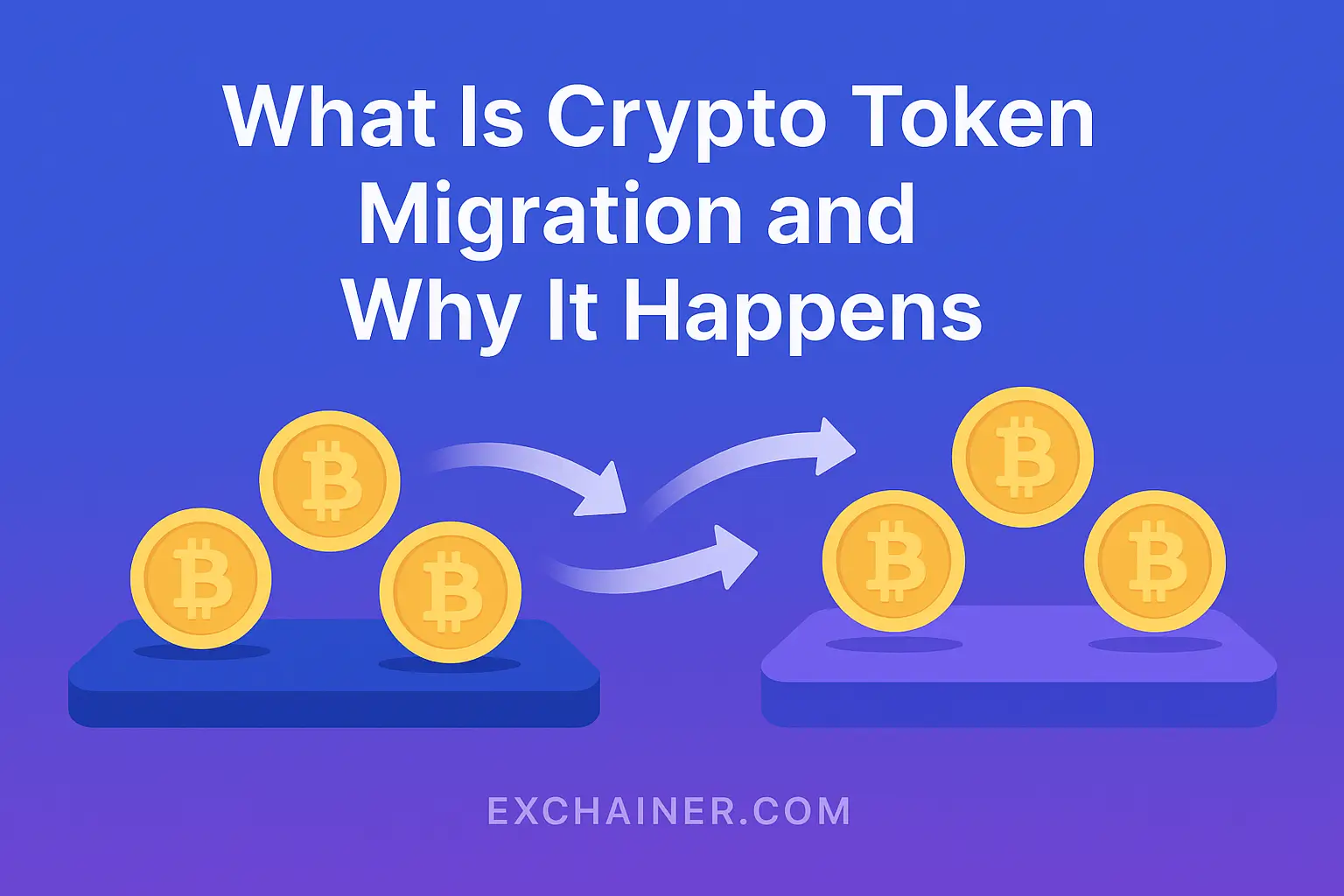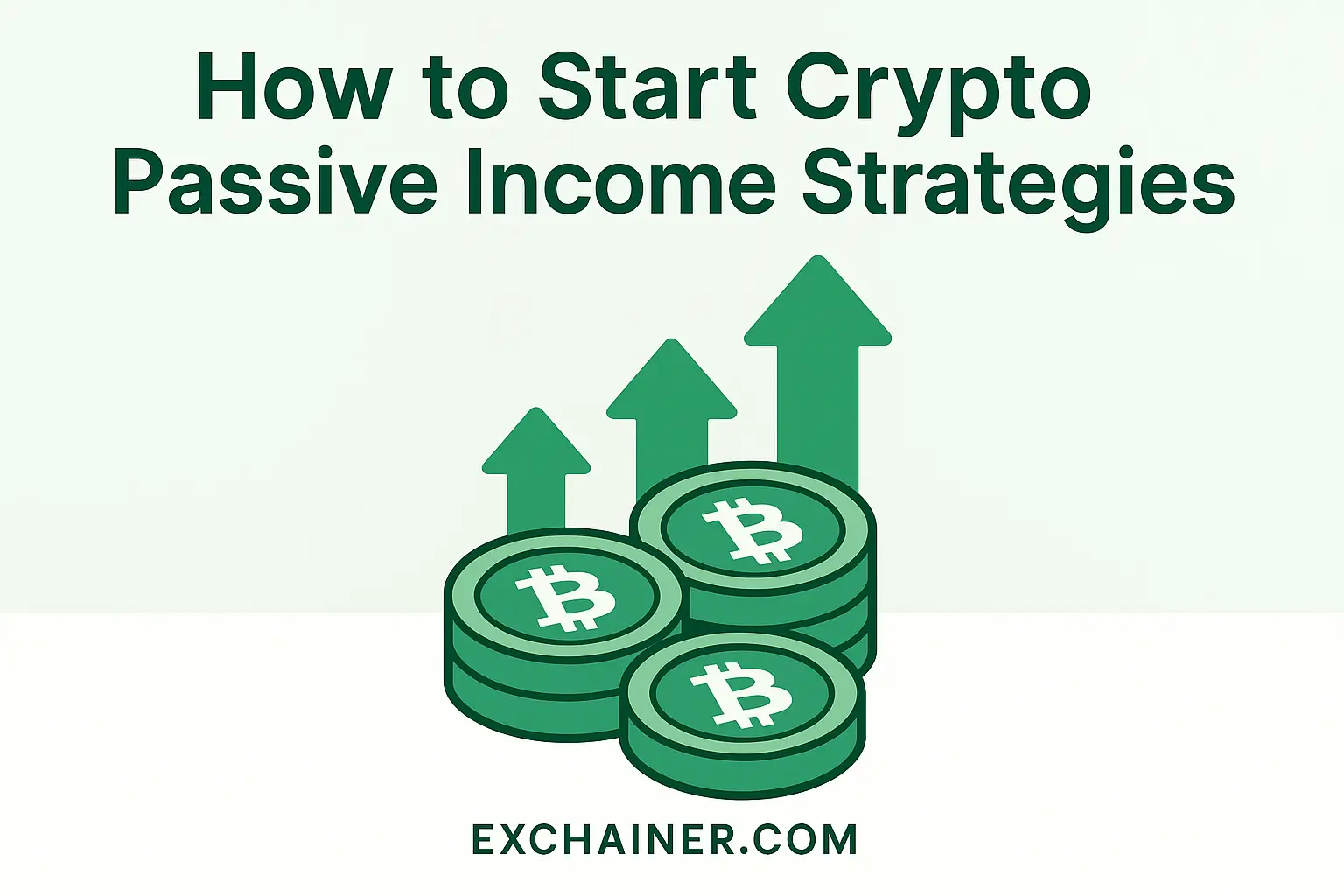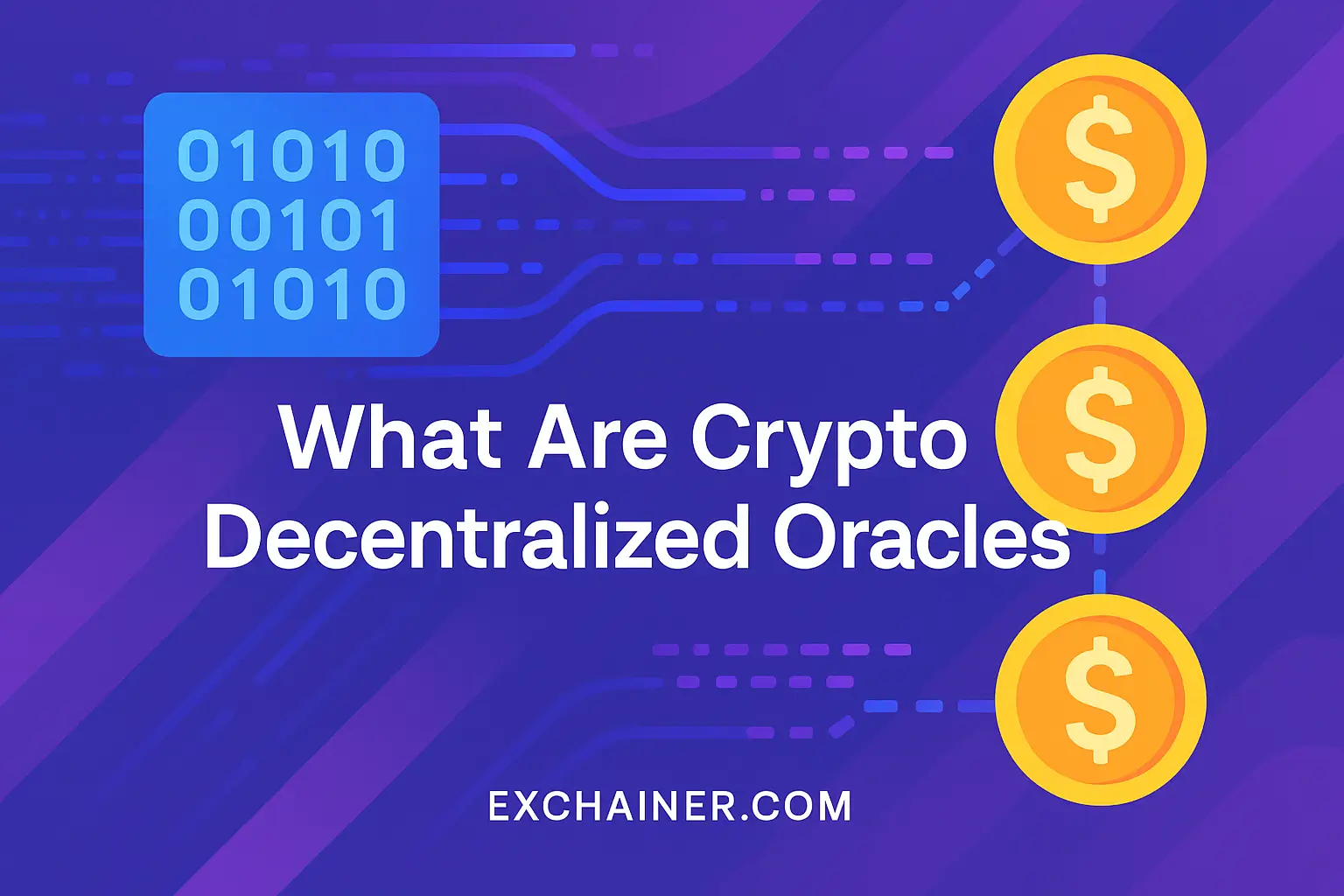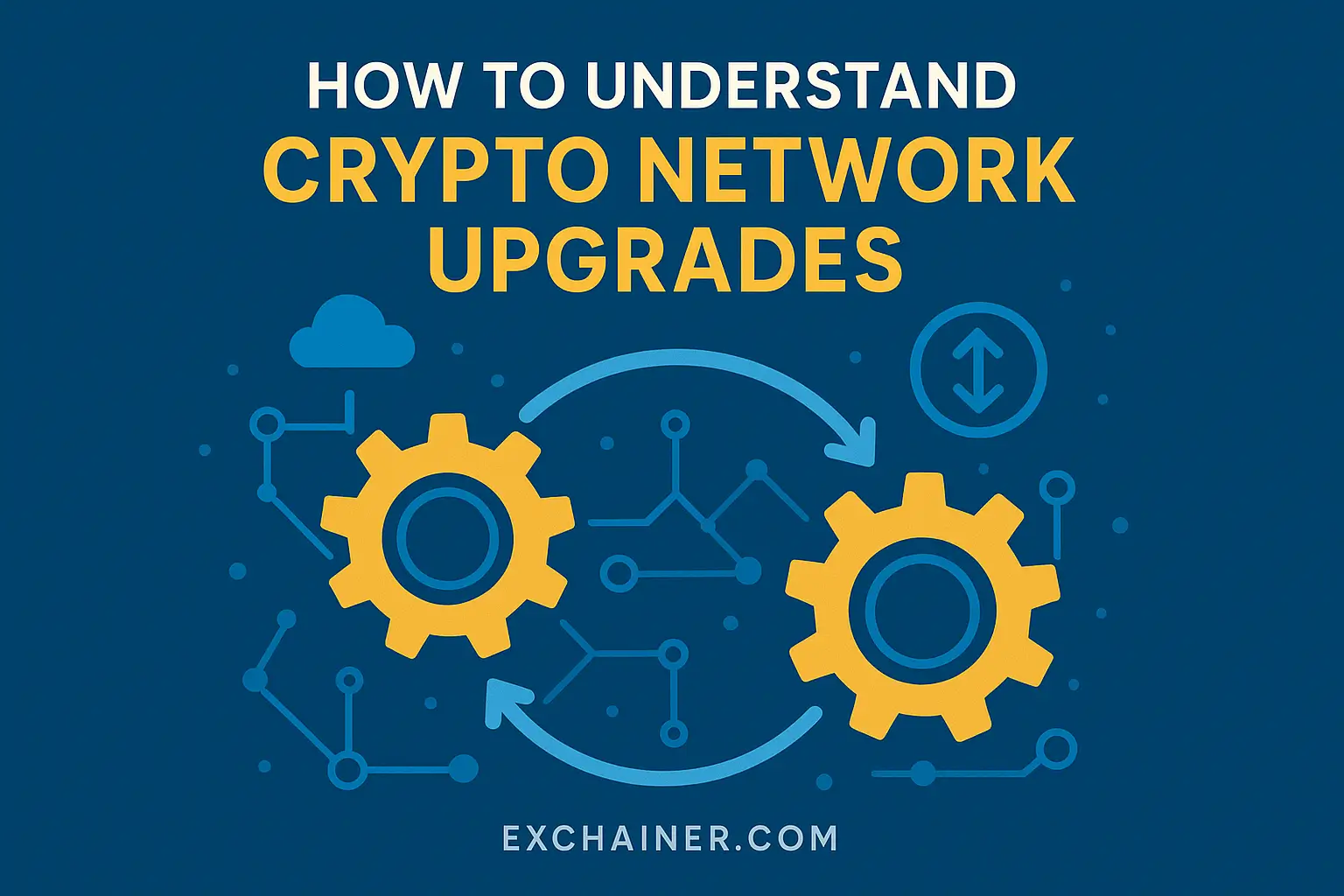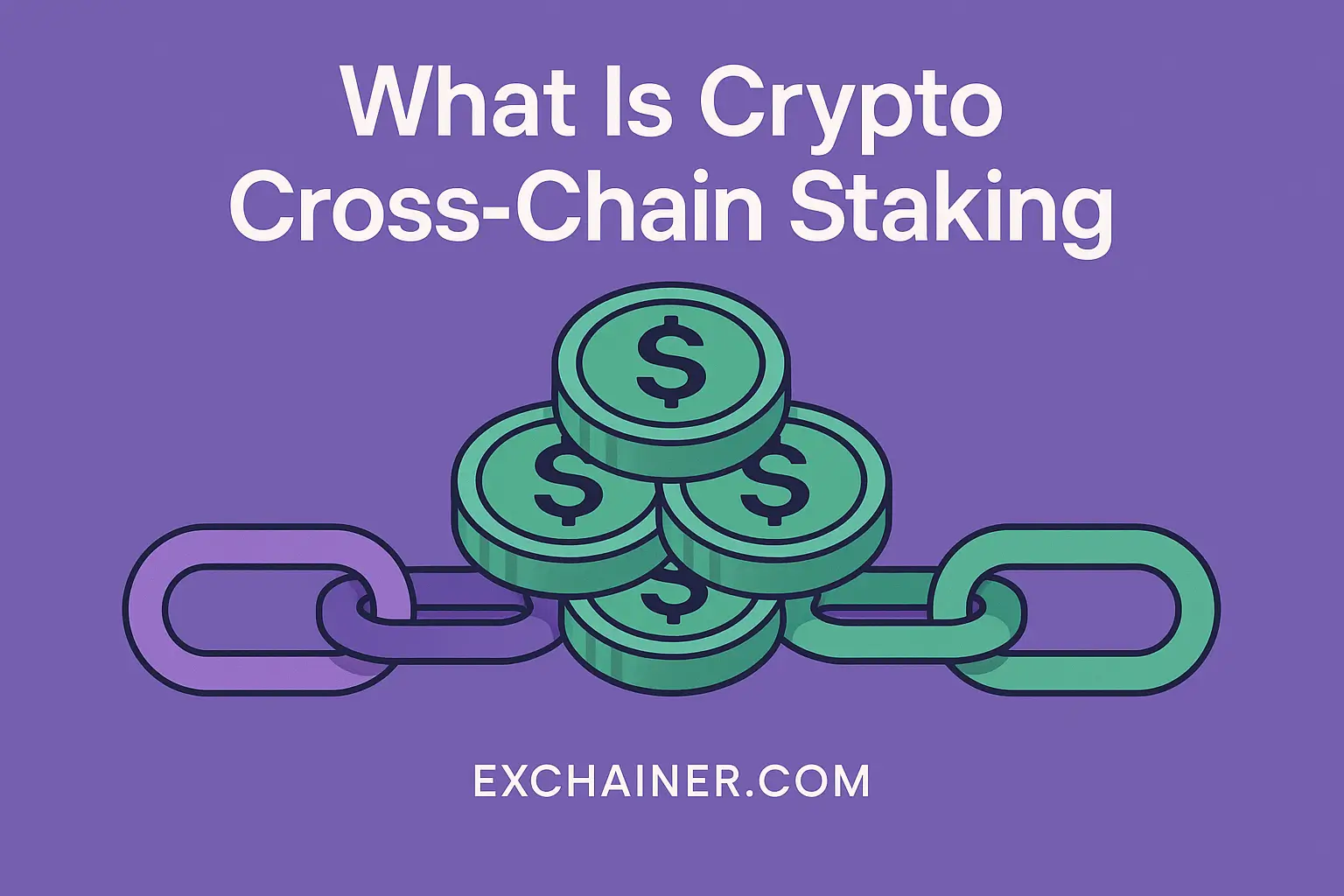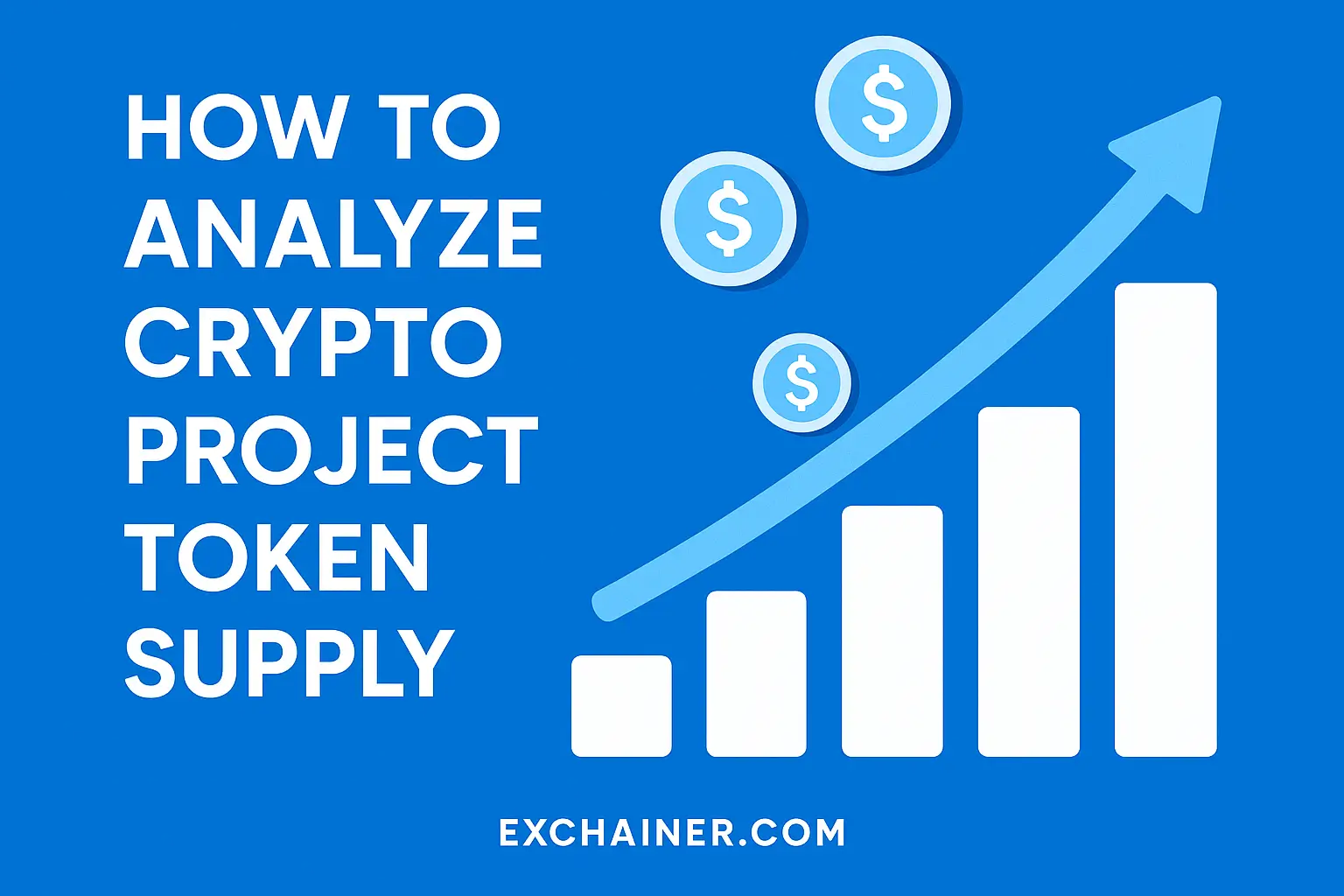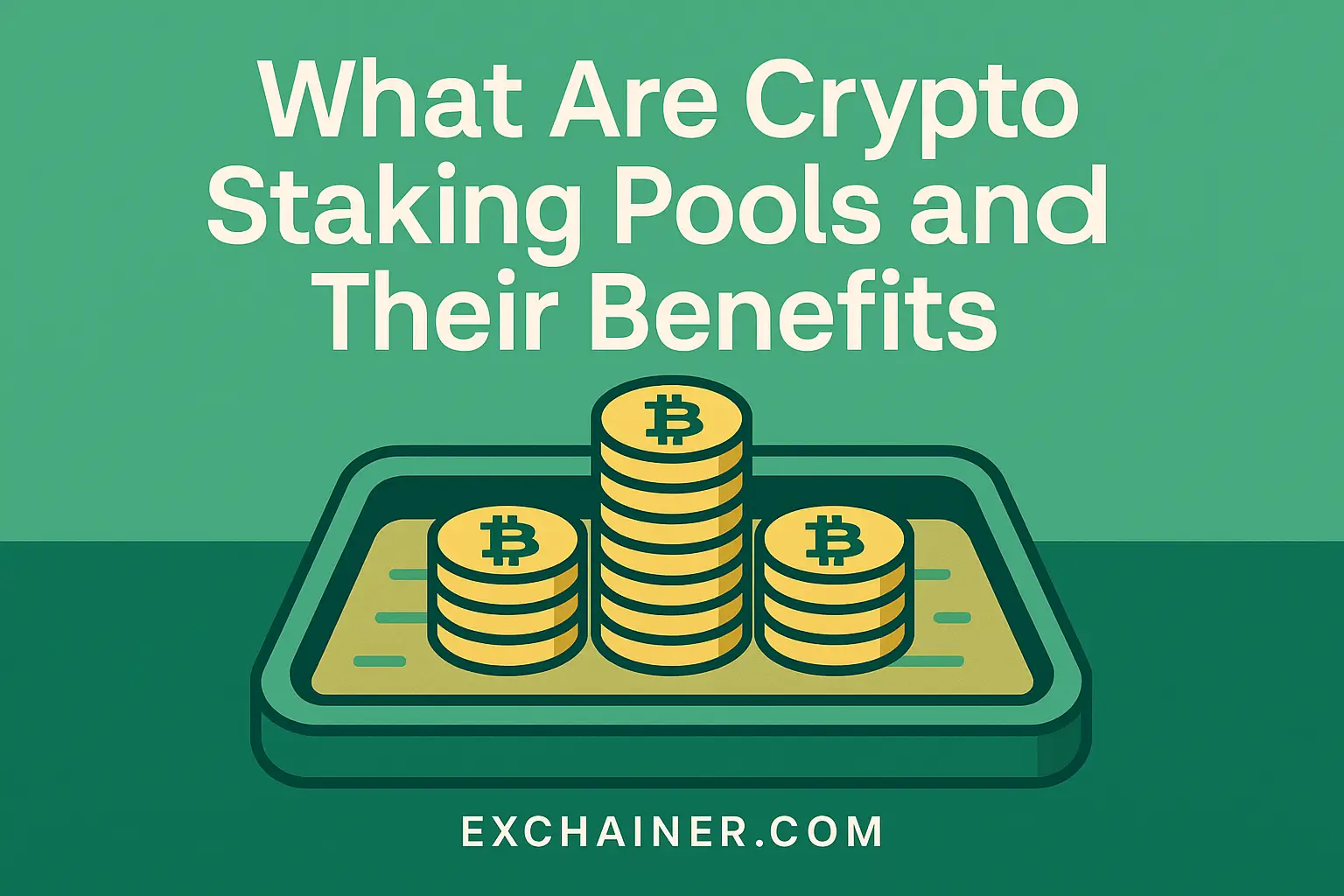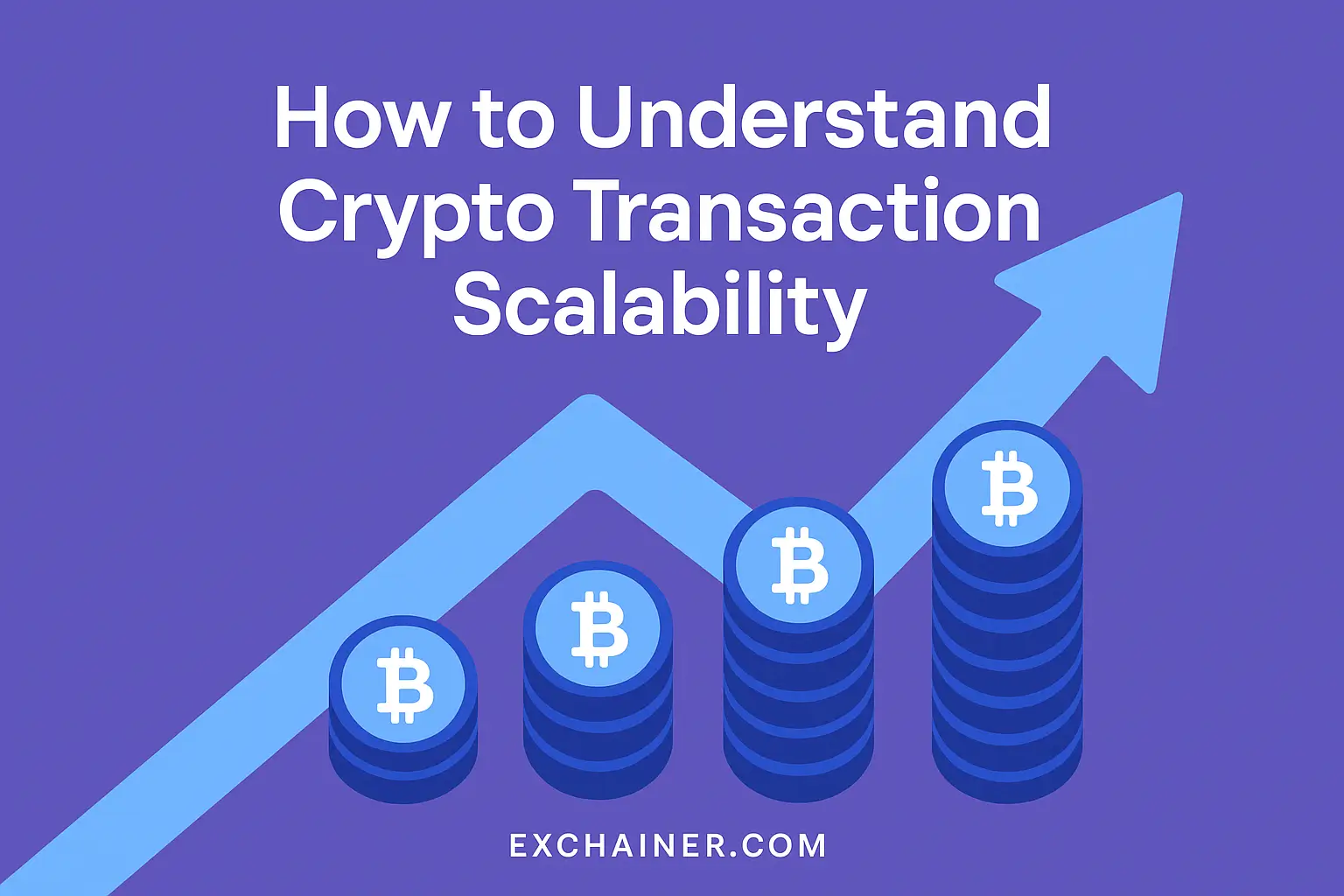Introduction
Have you ever come across the term token migration while diving into the world of cryptocurrencies and wondered what it actually means? Well, you’re not alone. As the digital currency space continuously evolves, terms like token migration become crucial to understand, especially if you’re keen on staying ahead in your crypto journey. Token migration refers to the process where crypto projects move their tokens from one blockchain network to another. This shift can seem confusing at first, but it’s often a sign of progress, innovation, or necessary upgrades within a project.
Understanding token migration is essential, not only for holding your digital assets safely but also for staying in the loop with how cryptocurrencies adapt and grow. Many investors and traders face challenges during these migrations — from tracking their tokens to ensuring they don’t lose access to their investments. That’s why this guide will break down what crypto token migration really is and why so many projects undergo this process. By the end, you’ll have a clear picture of why token migration matters, how it works, and the practical steps you should take when it happens.
Ready to get started? Let’s explore the ins and outs of token migration and uncover what it means for you as a crypto enthusiast or trader.
What Is Crypto Token Migration?
Token migration is essentially the transfer of a cryptocurrency token from one blockchain ecosystem to another. This means a project might decide to move its tokens from a platform like Ethereum to its own blockchain or another network that offers better features. Think of it like moving your money from one bank to another — the value doesn’t disappear, but the place where your assets are stored changes.
Why would projects do this? The reasons vary, but the most common ones include:
-
Upgrading technology: Sometimes, a project wants to move away from the limitations of its original blockchain to a more scalable or efficient one.
-
Launching a new mainnet: Many tokens start as “ERC-20” tokens on Ethereum for convenience, but when their own blockchain is ready, they migrate to it.
-
Improving security and decentralization: Moving to a new blockchain can offer enhanced security features or better decentralization.
For users, token migration means they often need to swap their old tokens for new ones on the new platform. This swap might happen automatically through exchanges or require users to claim their new tokens manually.
Examples of Token Migration in Action
A famous recent example is Binance Chain’s launch. Binance’s native token, BNB, initially existed as an ERC-20 token on Ethereum. When Binance launched its own blockchain (Binance Chain), BNB holders had to migrate their tokens to the new network. This migration enabled faster transactions and lower fees — a clear case where token migration brought tangible improvements.
Similarly, projects like VeChain and Tron started as tokens on Ethereum before moving to their own blockchain. These migrations marked important milestones in their development history.
Why Does Token Migration Happen?
At its core, token migration is a strategic move. Here’s why projects often take this step:
1. Scalability Needs
Many projects begin development by issuing tokens on popular platforms like Ethereum, mainly because of its established user base and developer tools. However, as a project grows, the Ethereum blockchain’s network congestion, slow transaction speeds, and high gas fees can become limiting factors. Migrating to a chain optimized for scalability can drastically improve user experience.
2. Custom Features and Flexibility
Owning a dedicated blockchain allows projects to build unique features, customize consensus algorithms, or add governance systems that wouldn’t be possible as tokens locked onto a third-party chain. Token migration enables this freedom.
3. Independence from External Platforms
Using a third-party blockchain means relying on their protocols, rules, and even their vulnerabilities. Moving tokens to a project’s own blockchain reduces dependence and enhances control, including over security and network upgrades.
4. Enhancing Security
Sometimes, a network switch can be necessitated by security concerns. New blockchains may implement improved cryptography or consensus models, making the token less prone to attacks.
5. Marketing and Community Engagement
Token migration events often generate buzz and renewed interest. Teams may use migration announcements to engage their community, launch new features, or showcase partnerships.
Key Technical Reasons for Migration
On a granular level, the underlying technology evolves, prompting migration. For example, migrating from an ERC-20 token model to a token on a Polkadot parachain could mean leveraging cross-chain interoperability — a feature not easy to implement on Ethereum alone. The overall ecosystem dictates the migration needs.
How Does Token Migration Work? Step-by-Step
Understanding how token migration happens can help you avoid confusion or mistakes during these transitions. Here’s a basic step-by-step breakdown:
Step 1: Announcement
The project team announces the token migration with a timeline and instructions. It’s crucial to read official channels only — check the project’s website or trusted social media accounts to avoid scams.
Step 2: Snapshot
A “snapshot” of the blockchain records token holders and balances at a specific block height. This snapshot determines who qualifies to receive tokens on the new chain.
Step 3: Swap or Claim
Token holders usually swap old tokens for new ones. This can happen automatically through exchanges, where tokens you hold get updated on your account. Alternatively, holders might need to manually claim new tokens by connecting their wallets to a migration portal.
Step 4: Token Activation
Once tokens migrate, the new token becomes active on the destination blockchain, enabling transactions, staking, or other utilities.
Step 5: Old Token Deactivation
After an agreed period, old tokens may become obsolete or lose value — holders should complete migration before this deadline.
Important Tips During Token Migration
-
Use official sources only: Phishing scams spike during migrations; never enter private keys on suspicious sites.
-
Check exchange announcements: If your tokens are on an exchange, find out if the exchange handles migration for you.
-
Backup your wallet: Always secure your private keys and make backups before migration.
-
Don’t rush: Take your time to understand the migration instructions and deadlines.
Challenges and Risks of Token Migration
Token migration is not always smooth sailing, and it carries certain risks and challenges:
Technical Mistakes
Mistyping wallet addresses or using unsupported wallets can lead to token loss. For instance, if you try to claim tokens on the wrong blockchain network, your tokens may become inaccessible.
Scams and Phishing Attempts
As migration events receive attention, scammers create fake websites or messages pretending to assist with token swaps. Always double-check URLs and never share your private keys.
Exchange Support
Not all exchanges support every token migration. Sometimes, tokens get delisted or frozen until the migration is over, limiting trading options.
Market Volatility
Token migration announcements can cause price fluctuations. Some holders may panic sell or buy aggressively, leading to increased volatility.
Missed Deadlines
Failing to migrate tokens within the set period can result in tokens becoming worthless if the old contract is deprecated.
How to Avoid Problems During Migration
- Stay informed via official channels and reputable crypto news sources.
- Confirm with your wallet or exchange support if they support the migration.
- Watch tutorials or guides from trusted sources explaining the migration process.
- Don’t trust unsolicited messages or links offering quick migration help.
Real-World Impact of Token Migration
In the grand scheme, token migration helps projects stay relevant and technically sound. For token holders, it often means better transaction speeds, lower fees, increased security, and access to new features.
Case Study: The Ethereum to Binance Chain Migration
When Binance moved BNB from Ethereum to Binance Chain, holders saw significantly faster and cheaper transactions. This migration helped Binance scale its ecosystem rapidly, attracting more users. Without migration, BNB might have struggled with Ethereum’s network congestion.
Market Statistics
Migration has become increasingly common with the growth of blockchain ecosystem diversity. According to CoinMarketCap, more than 30 major tokens underwent migration in 2023 alone, reflecting how dynamic the crypto market is.
The Future of Token Migration
As blockchain interoperability improves, we expect migration processes to become more seamless. Cross-chain bridges and decentralized exchanges might eliminate the need for manual migration entirely, letting tokens shift smoothly across blockchains.
This progress signals one thing for crypto lovers: staying adaptable and informed is key.
Conclusion
So, friends, now that we’ve peeled back the layers of what crypto token migration entails, you see why it’s both a technical necessity and an opportunity for growth in the crypto world. Token migration allows projects to enhance scalability, security, and innovation. For holders, understanding this process can protect your investments from pitfalls and ensure you don’t miss out on upgraded token benefits.
Moving tokens from one blockchain to another might sound intimidating, but with the right knowledge and care, it’s a manageable part of your cryptocurrency journey. Always keep an eye on official announcements, use trusted exchanges, and safeguard your wallet information.
Want to dive deeper into how other core crypto concepts work? Check out our friendly guides on Crypto 101 for beginners or explore Exchange Reviews to find platforms that support token migration seamlessly. Don’t forget to browse our Tools and Wallets section to equip yourself with the best crypto management resources.
Keep exploring, keep learning, and your crypto adventure will be all the more rewarding.
For more information, you can visit the official Binance Chain details here or track token migrations and statistics on CoinMarketCap.

